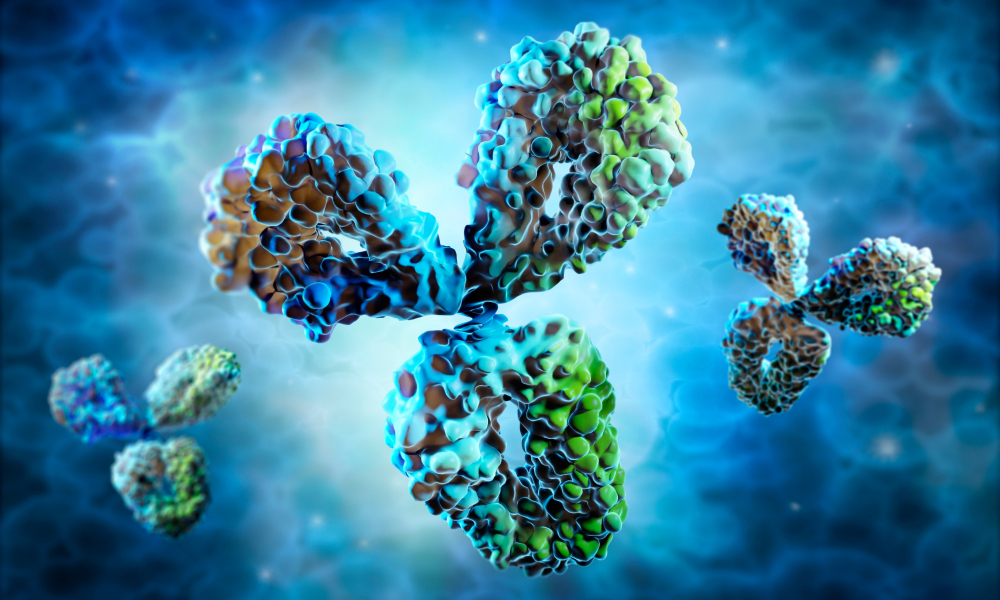MOUSE ANTI-CHIKUNGUNYA VIRUS ANTIBODY (CA980)
Mouse anti Chikungunya virus antibody is specific for the Capsid protein of Chikungunya virus. It demonstrates negligible cross-reactivity with other members of the alphavirus family, including Western Eastern and Venezuelan Encephalitis viruses. There is no cross-reactivity to Zika, Dengue or other flavivrius antigens.
This mouse anti Chikungunya virus antibody is suitable for use in ELISA and in immunofluroescence.
PRODUCT DETAILS – MOUSE ANTI-CHIKUNGUNYA VIRUS ANTIBODY (CA980)
- Mouse anti-Chikungunya virus Capsid protein IgG1 monoclonal antibody (clone CA980).
- Greater than 95% purity by SDS-PAGE and buffered in PBS pH7.4.
- Suitable for the development of highly specific immunoassays.
BACKGROUND
Chikungunya virus is the aetiological agent of chikungunya fever. CHIKV belongs to the Alphavirus genus, and is an enveloped, single-stranded positive-sense RNA virus (Strauss & Strauss, 1994). The alphavirus genome encodes four non-structural proteins (nsP1 to nsP4) and five structural proteins (capsid, E3, E2, 6K and E1).
CHIKV is transmitted to humans by Aedes mosquitoes, and disease is characterized by a rapid onset of fever, myalgia and often a rash (usually maculopapular), with chronic disease characterized by episodic, and often debilitating, polyarthralgia/polyarthritis. (Suhrbier et al., 2012). The largest epidemic of CHIKV disease ever reported began in 2004 and has since been responsible for up to 6.5 million human cases, primarily in Africa and Asia, with imported cases reported in over 40 countries. CHIKV infection is symptomatically similar to infection with Zika virus and Dengue virus, and differential diagnosis using immunoassay based testing is important in patient management.
The alphavirus capsid protein (CP) is a multifunctional protein that has been shown to act as a serine protease for self-cleavage, binds viral genomic RNA and other CP molecules during nucleocapsid formation, and interact with viral spike proteins during virion formation and egress ( Choi et al., 1991). The CP of CHIKV forms two major domains. The N-terminal domain is implicated in non-specific RNA binding, while the C-terminal domain harbours the globular protease and the binding site for the spike protein (Hong et al., 2006).

